Introduction
The global diaper market is vast, and China plays a significant role as a major manufacturing hub. Many businesses and consumers are curious about diapers made in China, wondering about the materials used, the manufacturing process, and, most importantly, the safety of these products. This comprehensive guide will delve into the intricacies of diaper manufacturing China, providing you with valuable insights into the entire process, from sourcing raw materials to the finished product arriving on shelves. We’ll also address common concerns about diaper safety standards China and diaper quality control.
Understanding the Demand for Diapers from China
China’s manufacturing prowess is undeniable. The country offers a combination of skilled labor, advanced technology, and economies of scale, making it an attractive option for diaper suppliers China and businesses looking to source diapers from China. This results in competitive pricing for wholesale diapers China, attracting both large brands and those seeking private label diapers China. Besides that, the sheer volume of production capacity makes China a reliable source for meeting global demand.
Raw Materials: The Building Blocks of Chinese Diapers
The quality of a diaper hinges on the quality of its raw materials. Let’s explore the key components commonly used in diapers China:
Super Absorbent Polymer (SAP)
SAP is the magic ingredient that allows diapers to absorb and retain large amounts of liquid. It’s a crucial component for preventing leaks and keeping babies dry. Most diaper manufacturers China source high-quality SAP, often from both domestic and international suppliers. Because of its importance, manufacturers prioritize SAP that meets stringent purity and performance standards.
Wood Pulp (Fluff Pulp)
Wood pulp, also known as fluff pulp, provides the absorbent core structure of the diaper. It works in conjunction with SAP to distribute and trap liquid. The quality of the wood pulp affects the diaper’s overall absorbency and comfort. Therefore, many diaper factories China use sustainably sourced wood pulp, reflecting a growing trend towards eco-friendliness.
Non-Woven Fabric
Non-woven fabrics form the top sheet (the layer that comes into contact with the baby’s skin) and the back sheet (the outer layer) of the diaper. These fabrics are designed to be soft, breathable, and gentle on delicate skin. The top sheet is often treated to be hydrophilic (allowing liquid to pass through), while the back sheet is hydrophobic (preventing leaks).
Polyethylene Film (PE Film)
PE film is used as a waterproof barrier in the back sheet of the diaper. It’s essential for preventing leaks and ensuring the diaper’s integrity. Modern diaper manufacturers China often use breathable PE film, which allows air circulation while still providing leak protection.
Elastic Waistband and Leg Cuffs
Elastic waistbands and leg cuffs provide a snug and comfortable fit, preventing leaks around the waist and legs. These are typically made from synthetic elastic materials that are durable and flexible. Because of the constant contact with skin, manufacturers focus on using materials that are hypoallergenic and free from irritants.
Other Components
Other materials may include adhesives (to hold the diaper layers together), wetness indicators (which change color when the diaper is wet), and fastening tapes (for securing the diaper).
The Diaper Manufacturing Process: A Step-by-Step Guide
The manufacturing of diapers from China is a highly automated and efficient process. Here’s a breakdown of the key steps:
Core Formation
1. Pulp Defibration: Wood pulp is fed into a machine that breaks it down into individual fibers.
2. SAP Mixing: The defibrated pulp is mixed with SAP in precise proportions.
3. Core Laying: The pulp and SAP mixture is laid down onto a moving conveyor belt, forming the absorbent core of the diaper.
Layer Assembly
1. Top Sheet Application: The non-woven top sheet is placed over the absorbent core.
2. Back Sheet Application: The PE film back sheet is placed beneath the absorbent core.
3. Adhesive Application: Adhesives are applied to bond the layers together.
4. Elastic Attachment: Elastic waistbands and leg cuffs are attached to the diaper.
Cutting and Folding
1. Cutting: The continuous web of diaper material is cut into individual diapers.
2. Folding: The diapers are folded into their final shape.
Quality Control and Packaging
1. Inspection: Each diaper undergoes rigorous quality control checks to ensure it meets specified standards. This includes checking for leaks, proper adhesion, and correct dimensions.
2. Packaging: The finished diapers are packaged into bags or boxes, ready for distribution.
Diaper Safety Standards and Quality Control in China
A common question is: “Are Chinese diapers safe?” The answer is: it depends on the manufacturer and their adherence to safety standards. Reputable diaper manufacturers China prioritize safety and quality. They adhere to both national and international standards.

Get Free Sample Kit Of Our Fabric At Your Door Step
- Online Order
- Door Delivery
- 1-Click Quotation
Chinese Diaper Regulations
China has its own set of regulations for diaper manufacturing, including standards for materials, hygiene, and labeling. These regulations are designed to protect consumer health and safety.
Diaper Certifications
Many diaper factories China obtain certifications from international organizations, such as ISO (International Organization for Standardization), to demonstrate their commitment to quality and safety. These certifications provide an additional layer of assurance for consumers and businesses.
Avoiding Toxic Chemicals in Diapers
Reputable manufacturers avoid using harmful chemicals, such as chlorine bleach, fragrances, and lotions, which can irritate sensitive skin. They focus on using hypoallergenic and dermatologically tested materials. Therefore, it’s important to research and choose diaper suppliers China with a proven track record of safety.
Bacterial Diaper Risks
Proper hygiene during the manufacturing process is crucial to prevent bacterial contamination. Diaper manufacturers China with good manufacturing practices (GMP) implement strict hygiene protocols to minimize this risk.
Sourcing and Importing Diapers from China
If you’re looking to import diapers from China, here are some key considerations:
1. Due Diligence: Thoroughly research potential diaper suppliers China. Request samples, check certifications, and verify their manufacturing practices.
2. Quality Control: Implement your own quality control measures, either through on-site inspections or third-party testing.
3. Logistics: Understand the shipping and customs procedures involved in importing diapers.
4. Communication: Establish clear communication channels with your supplier to ensure smooth transactions and address any concerns promptly.
Finding the Best Chinese Diaper Brands
The best Chinese diaper brands are those that prioritize quality, safety, and innovation. While specific brand recommendations can vary, look for manufacturers with a strong reputation, positive customer reviews, and a commitment to transparency. Some resources to explore include online marketplaces like Alibaba and industry trade shows. Searching for “Top 10 diaper manufacturers in China” or “Baby diapers manufacturers in Guangzhou China” can provide a starting point. You can also check out “Chiaus diaper” as an example of a well-known Chinese brand. Remember to always do your own research and due diligence.
The Future of Diaper Manufacturing in China: Trends and Innovations
The Chinese diaper market is constantly evolving. Some of the latest trends include:
- Eco-Friendly and Biodegradable Diapers: Growing consumer demand for sustainable products is driving the development of eco-friendly diapers made from biodegradable materials.
- Ultra-Thin Diapers: Advances in SAP technology are allowing for the creation of thinner, more comfortable diapers without sacrificing absorbency.
- Smart Diapers: Some manufacturers are exploring the integration of sensors into diapers to monitor wetness and other health indicators.
- What diapers are made in china for babies: Most of the diapers are made for babies, but adult diapers are also made in China.
Contact Favourite Fab
At Favourite Fab, we are committed to providing high-quality non-woven fabrics for the diaper industry. We understand the importance of safety, comfort, and performance in diaper manufacturing. We work closely with our clients to provide customized solutions that meet their specific needs. Because we value your business, we prioritize clear communication and timely delivery.

Get Free Sample Kit Of Our Fabric At Your Door Step
- Online Order
- Door Delivery
- 1-Click Quotation
Contact Us:
- Email: sale@favouritehub.com
- WhatsApp: +91 9528811566
We’re here to answer your questions and help you find the best non-woven fabric solutions for your diaper manufacturing needs. Most importantly, we’re dedicated to building long-term partnerships with our clients.
Frequently Asked Questions (FAQ)
- Are Pampers made in China?
Yes, some Pampers products are manufactured in China, as well as in other countries. Procter & Gamble, the maker of Pampers, has manufacturing facilities worldwide. - Which country made Pampers diapers?
Pampers diapers are made in various countries, including the United States, China, and several others in Europe and Asia. - What country are diapers made in?
Diapers are manufactured in numerous countries around the world, including China, the United States, Japan, Germany, and many others. - Who makes adult diapers in China?
Many manufacturers in China produce adult diapers, catering to both domestic and international markets. Specific brand names can be found through industry directories and online marketplaces.
Related Keywords and Content
- Top 10 diaper manufacturers in China: Researching this will give you a list of leading companies.
- What diapers are made in china price: Prices vary widely depending on the brand, quality, and quantity.
- What diapers are made in china for babies: Most Chinese diaper manufacturers focus on baby diapers, but many also produce adult diapers.
- Baby diapers manufacturers in Guangzhou China: Guangzhou is a major manufacturing hub in China, with many diaper factories.
- Baby diapers China: This is a general search term for baby diapers produced in China.
- Chiaus diaper: Chiaus is a well-known Chinese diaper brand.
- Where are diapers manufactured Alibaba: You can find many diaper manufacturers and suppliers on Alibaba, a large online marketplace.
- What diapers are made in china price: You can check the prices of various diapers at Alibaba.
This comprehensive guide provides valuable information about diapers made in China, addressing key concerns and providing insights into the manufacturing process, materials, and safety standards. Remember to always prioritize due diligence when sourcing diapers from any manufacturer, regardless of location.



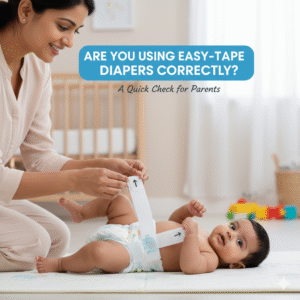
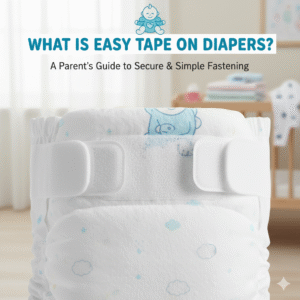
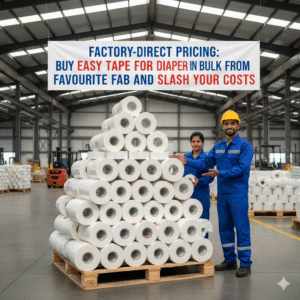
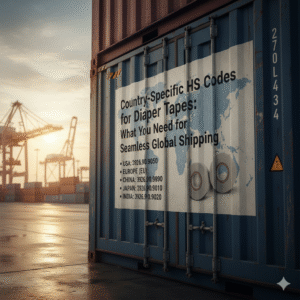
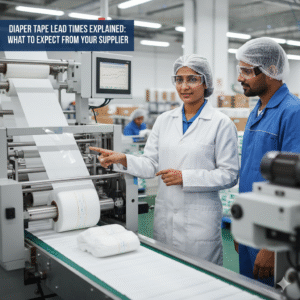
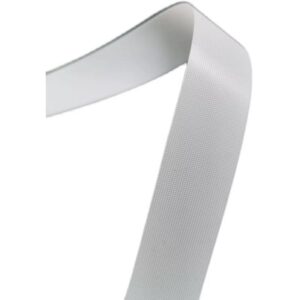
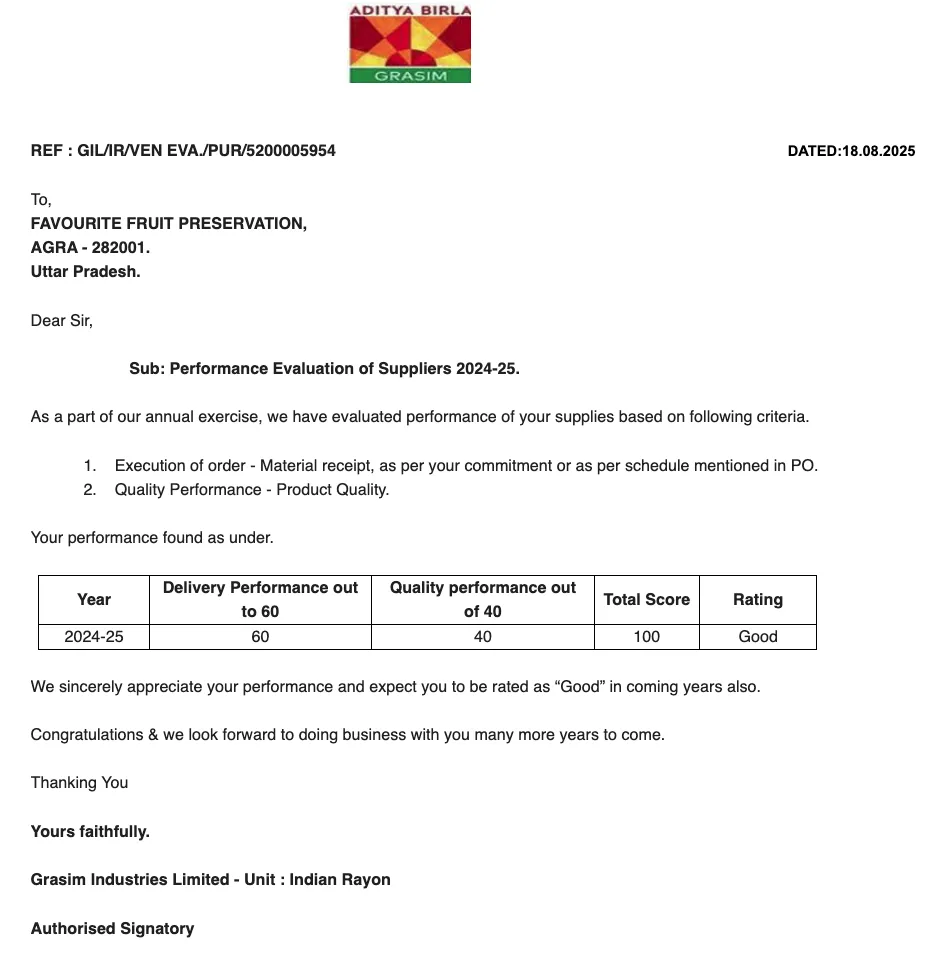




























We Do Business On Trust.Our Nonwoven fabric Business is Built on trust. Trust starts with Transparency.
Mr.Ramniwas Garg Founder Of Favourite Group